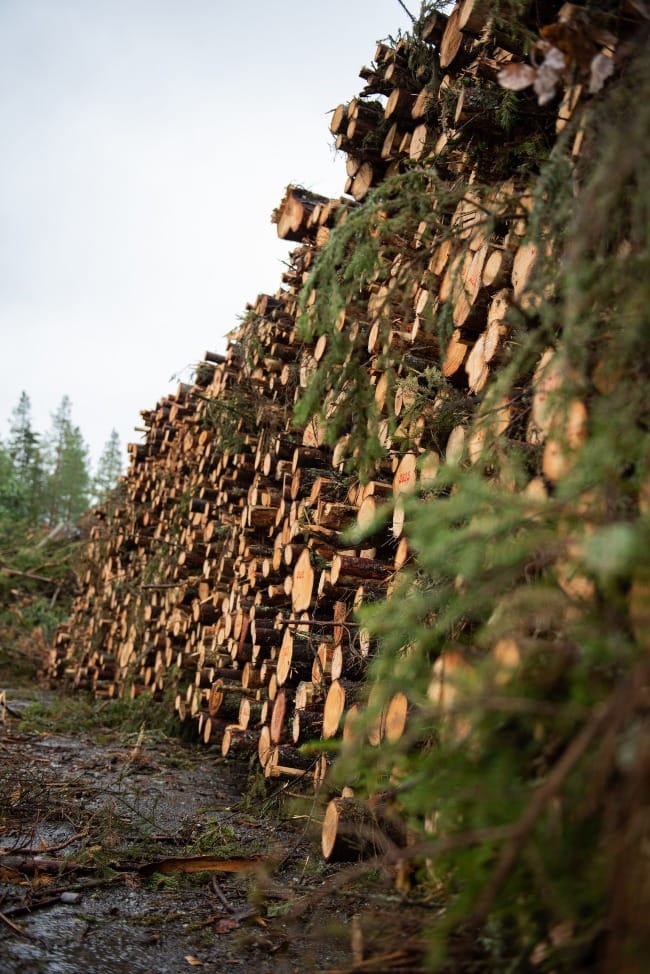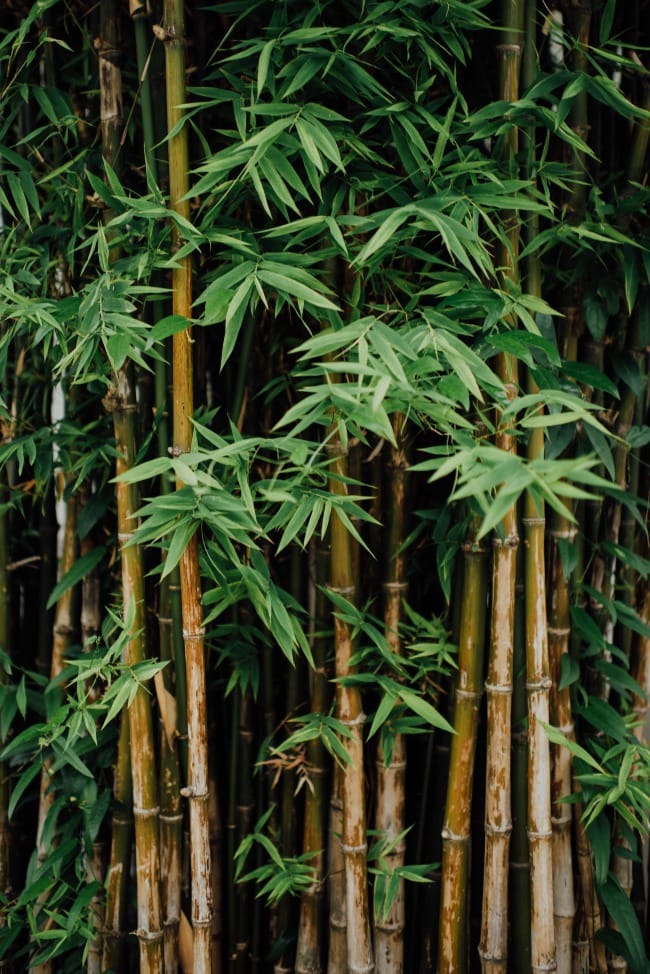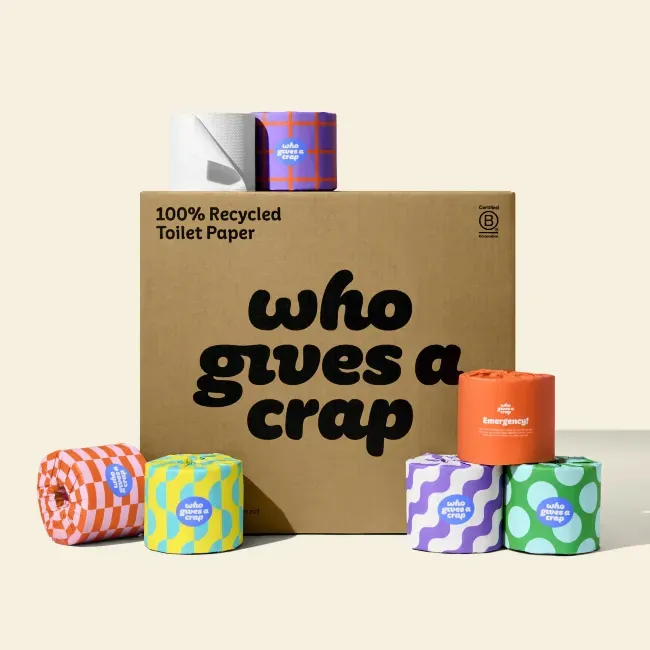Shortly after we got married, my husband and I started considering what small steps we could take to make our lives a little more sustainable and earthcare-focused. One of the things that we recently decided to tackle was toilet paper! After all, as a classic children's books says, everyone poops, and the average American uses 141 rolls of toilet paper per year.
We started looking into sustainable toilet paper and considering what exactly we wanted: a toilet paper that is both durable and soft, as well as better for the environment and our health than other options.
Traditional toilet paper is made from trees that are cut down specifically to make toilet paper. A combination of hardwood and softwood fibers are processed into the sheets of toilet paper and may also have additives (sometimes carcinogenic) to purify and whiten the paper.

Climate change, public health, and deforestation are concerns that have led people to push for the elimination of the “tree to toilet” pipeline. Sustainable toilet paper is either made from recycled paper or from more environmentally-friendly primary sources, like responsibly sourced bamboo.
The Natural Resources Defense Council, or NRDC, published a report evaluating and ranking different toilet papers, taking into consideration potential carcinogens, source material, and type of certification held by fiber supplies. Their latest report ranked toilet paper made from recycled fibers higher than toilet paper made from other materials like bamboo. Ultimately, in a sustainable tissue, the best solution is a circular one that avoids sending material to landfills; post-consumer recycled materials seem to be the best option currently available. Recycling paper into tissue uses less water and energy and creates less pollution than using new wood material.

However, there just isn't as much paper to recycle as there used to be, as we move to a more digitally dominated media and news landscape, and some toilet paper needs to come from other materials in order to meet the demand. (Or Americans need to get comfy with the idea of bidets!) It's important to ensure that those other materials aren't doing damage to the environment as well, such as cutting down boreal forests to plant bamboo.
Bamboo is often healthier for skin than recycled toilet paper, because recycled paper may still contain chlorine. Bamboo is also more easily biodegradable than many other materials, and it grows back quickly. Bamboo toilet paper can be FSC (Forest Stewardship Council)-certified, which means it is responsibly sourced. This is a great option, but few of the existing companies have sought out that certification.
My husband and I (and our house guests who didn't know they were part of this experiment) tried two different bamboo toilet papers: Reel and Who Gives a Crap. There were aspects of both that we liked, such as straight-to-our-door shipping, auto-refill options, and cardboard and paper packaging instead of plastic (I have to commend Who Gives a Crap, whose packaging per roll is actually so cute that I leave it on display in the bathroom). However, there were also downsides to both options that we tried. Neither brand felt very durable, and both were definitively not soft. In general, most people who try bamboo toilet paper report that they're more expensive and less soft than other options.

Reel offers paper towels made from recycled materials, but their bamboo toilet paper is only listed as "100% bamboo," with no outside certifications. Who Gives a Crap offers "100% sustainable and renewable bamboo" with no outside certifications, or "100% recycled" toilet paper, which I haven't personally tried.
Wirecutter recommends Seventh Generation 100% Recycled Extra Soft and Strong Bath Tissue. They recorded it to be soft, strong, lint-free, economical, and sustainable. You can read the rest of their review online here. The Seventh Generation option is what we plan to try for our household next, when our bamboo rolls run out.
No toilet paper is going to be perfect, or perfectly sustainable, and good for both health and the environment. The internet is full of resources about different options and their upsides and downsides. I appreciated TreeHugger's article about this issue, that you can read here. However, there are options that are environmentally better than others, and also more comfortable for consumers. I encourage you to look into some sustainable options for your own household!
Have you tried any sustainable toilet papers already? What did you think? Are you planning to try any? I'd love to hear from you. You can comment on this post or feel free to email me anytime at jessalyn.gentry@circlewood.online.
Jessalyn